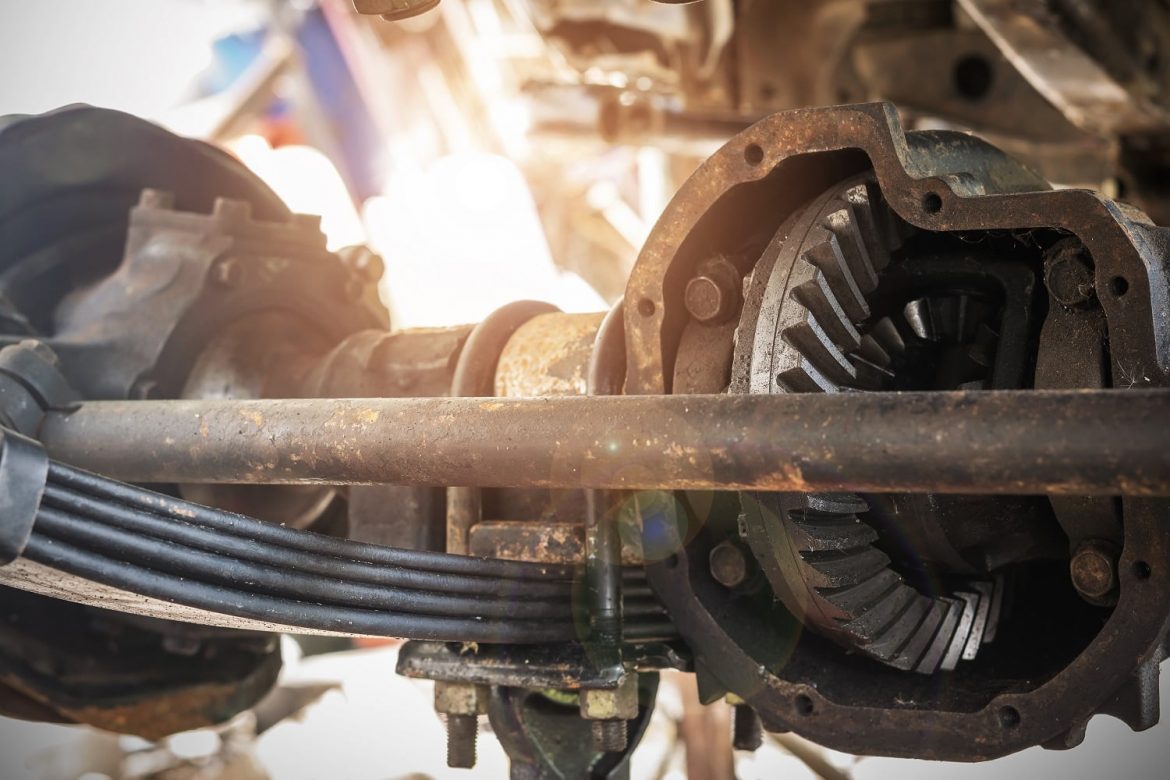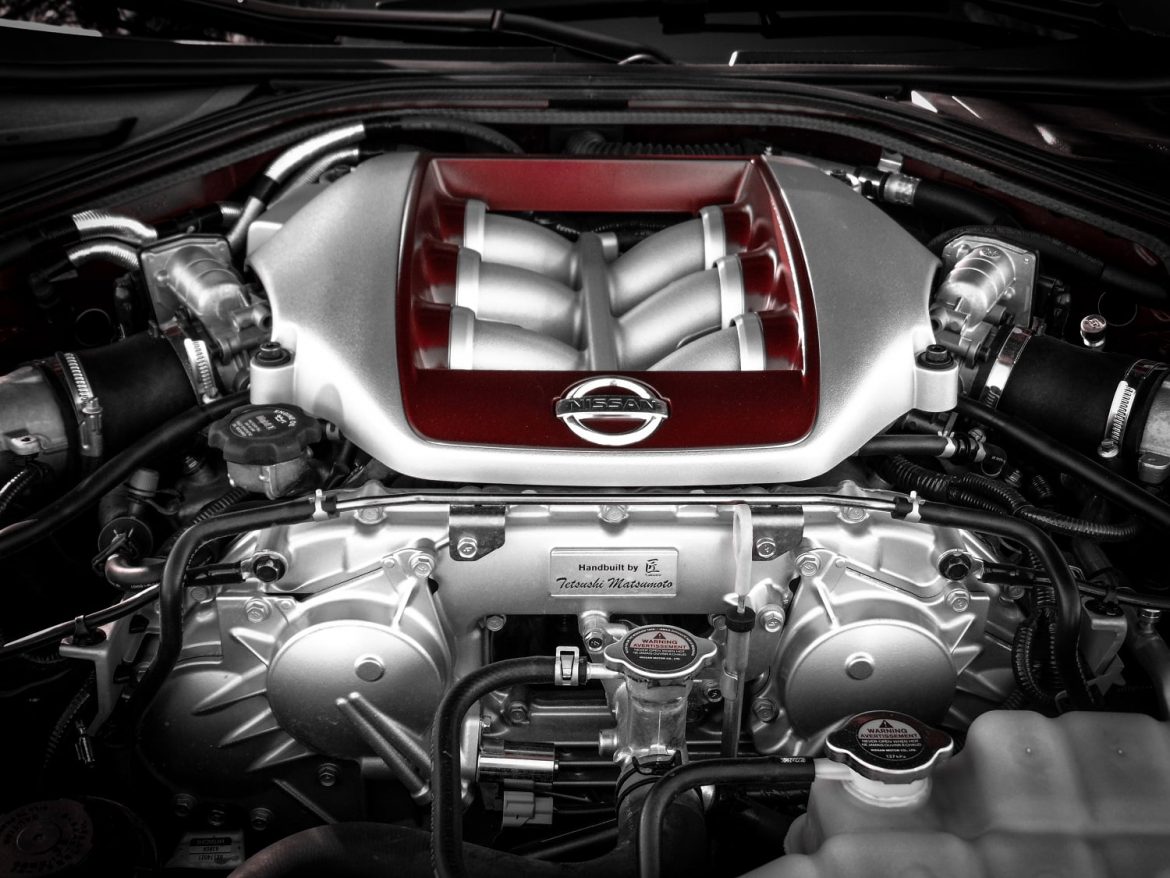Finding out how to change a starter on your car can save you a lot of money and headache. Doing any vehicle maintenance or repair yourself will of coarse save you paying the mechanic’s fees but in this case, it can also save you from having to get your vehicle towed! Unless you happen to have a manual transmission and are brave enough to pop the clutch or push-start your car, your only option is to replace the starter or your car will just be an expensive lawn ornament.
Before we get into the how-to let’s talk about why your starter might fail:
Why a Starter Fails
- Brushes get worn out
- Motor gets burnt out
- Solenoid fails
- Gear or plunger fails mechanically
The most common starter failer is worn brushes. If this happens to your starter, you may be able to tap the starter with a hammer to get one more start out of it. Brushes are the electrical connection in a DC motor and as the motor spins the brushes will wear down. When they wear down enough they don’t make electrical contact anymore, the motor won’t run. Similarly, if the motor burns out either due to overheating or a short in the windings nothing will happen when you turn the key.
If the solenoid fails or the gear or plunger fails mechanically, you may hear the starter motor spinning but not engaging your engine and causing it to spin. If this happens to you, you’ll hear a high winning noise as the starter motor spins extremely fast because it doesn’t have the resistance of turning the engine.
In either of these cases, the best thing to do is to find out how to change a starter in your car. Rebuilt starter motors are relatively inexpensive these days and widely available at any of our partnering local auto parts stores no matter what you drive! Now that you’ve got your new starter, let’s talk about how to get the job done right!
How to Change a Starter
- Find it!
- Disconnect your battery
- Remove any components blocking it
- Remove the bolts holding the starter to the engine or transmission
- Remove the power wire and signal wire
- Install your new starter in reverse order
One of the trickiest parts of changing your starter can be finding it and figuring out how to get it out. In the video above, the starter is hidden under the intake manifold. If you didn’t know where to look it could be really difficult to find! The starter in your car will always be bolted to the bellhousing of your transmission with the motor side of the starter towards the front of your engine. Some starters are easy to get to from above, while others need to be removed down and from the bottom of your car.
Disconnecting the battery before you start your work will help keep you safe and keep you from seeing any fireworks. The starter in your car has a wire going directly to the positive terminal of your battery most likely without any fuses or circuit brakes. If that wire contacts anything metal while it’s connected to the battery it will spark, could shock you and may even start a fire so don’t skip this step!
Next, simply move anything you need to gain access to the starter and remove it. When you install the new starter, make sure the bolts holding it to the bellhousing are very tight as the starter has a lot of torque and can work itself loose easily. Also, be sure to replace any gaskets you may have damaged while removing other equipment like intake or exhaust manifold gaskets.
It can be smart to test your new starter once it installed but before you replace all the other things around it. This will help you confirm that you’ve fixed the problem and keep you from having to take things back apart if you misdiagnosed the issue.
pictures provided by:
starter.jpg – By Stason4ic – Licensed by Getty Images – Original Link
BlueDevil Products can be found on Amazon.com or at AutoZone, Advance Auto Parts, O’Reilly Auto Parts, NAPA, and other major auto parts retailers.
Related Articles



